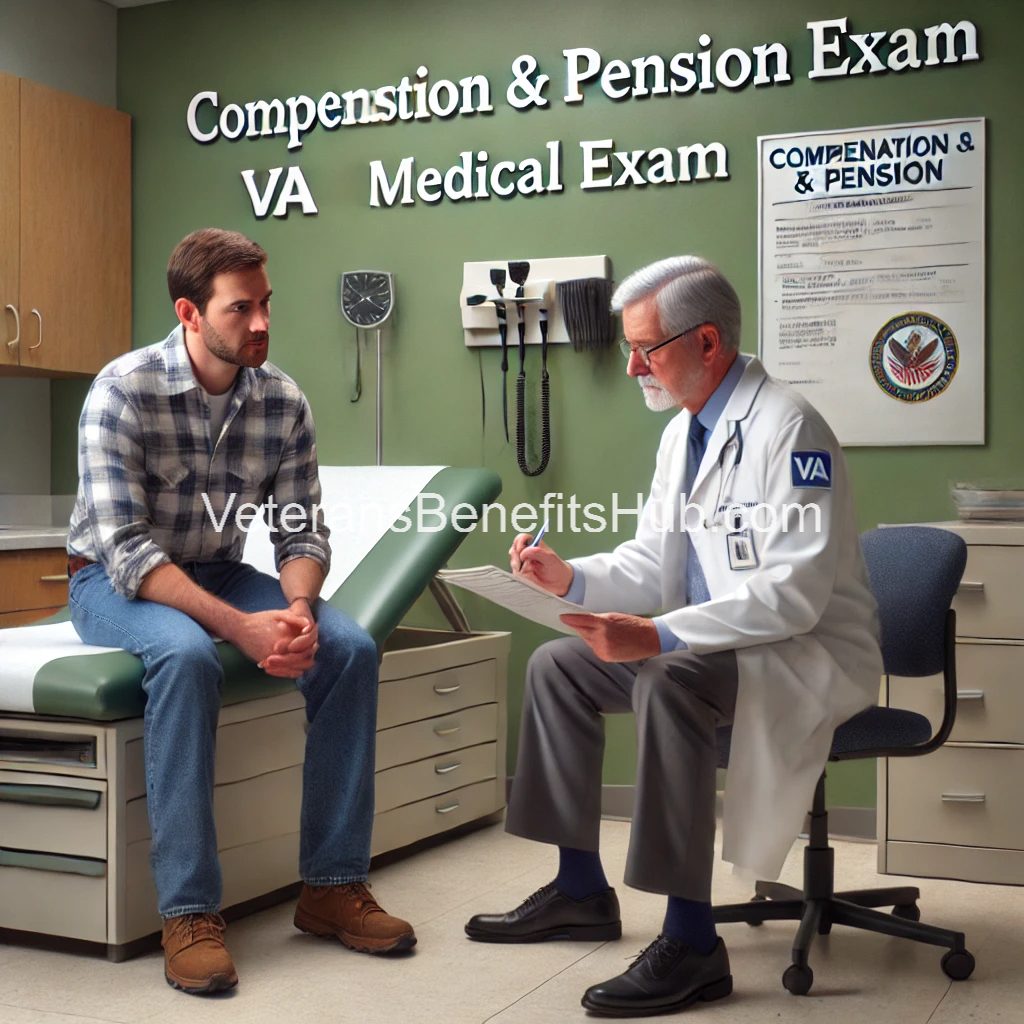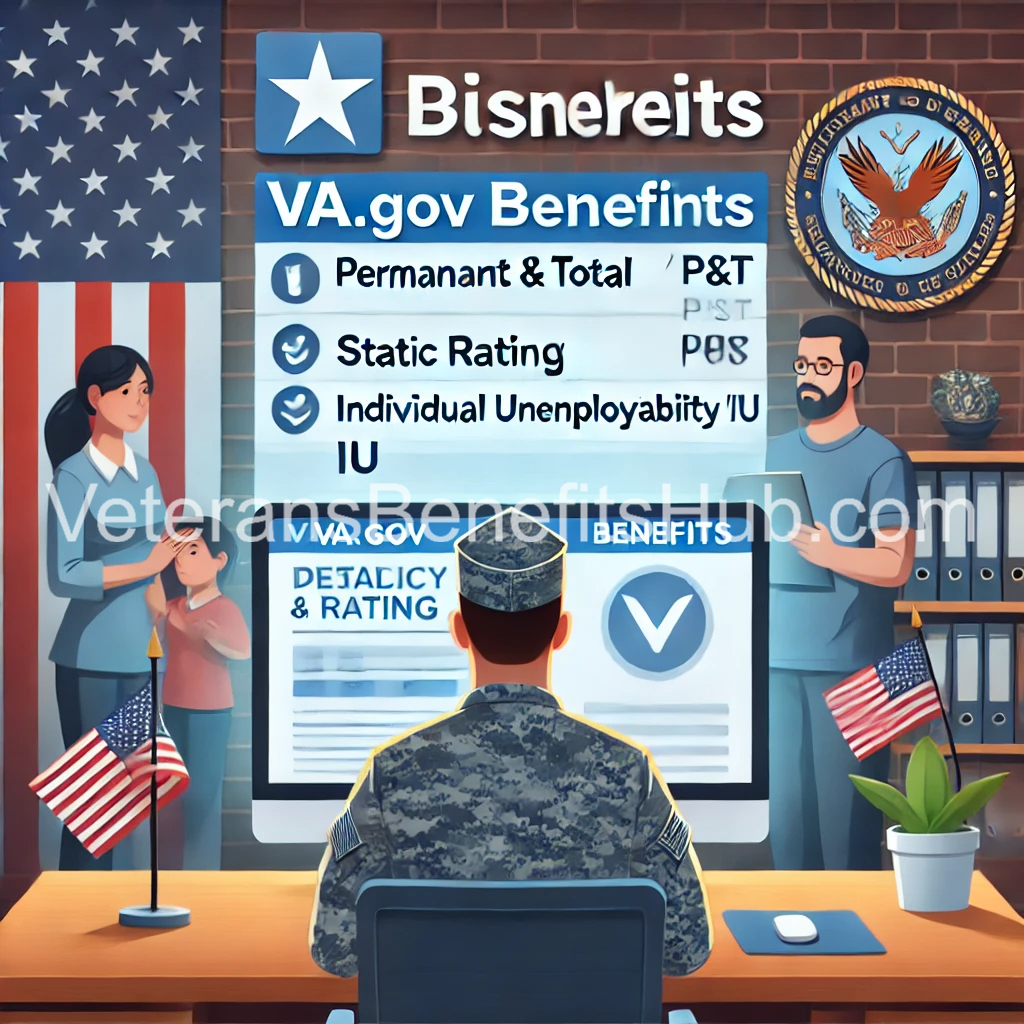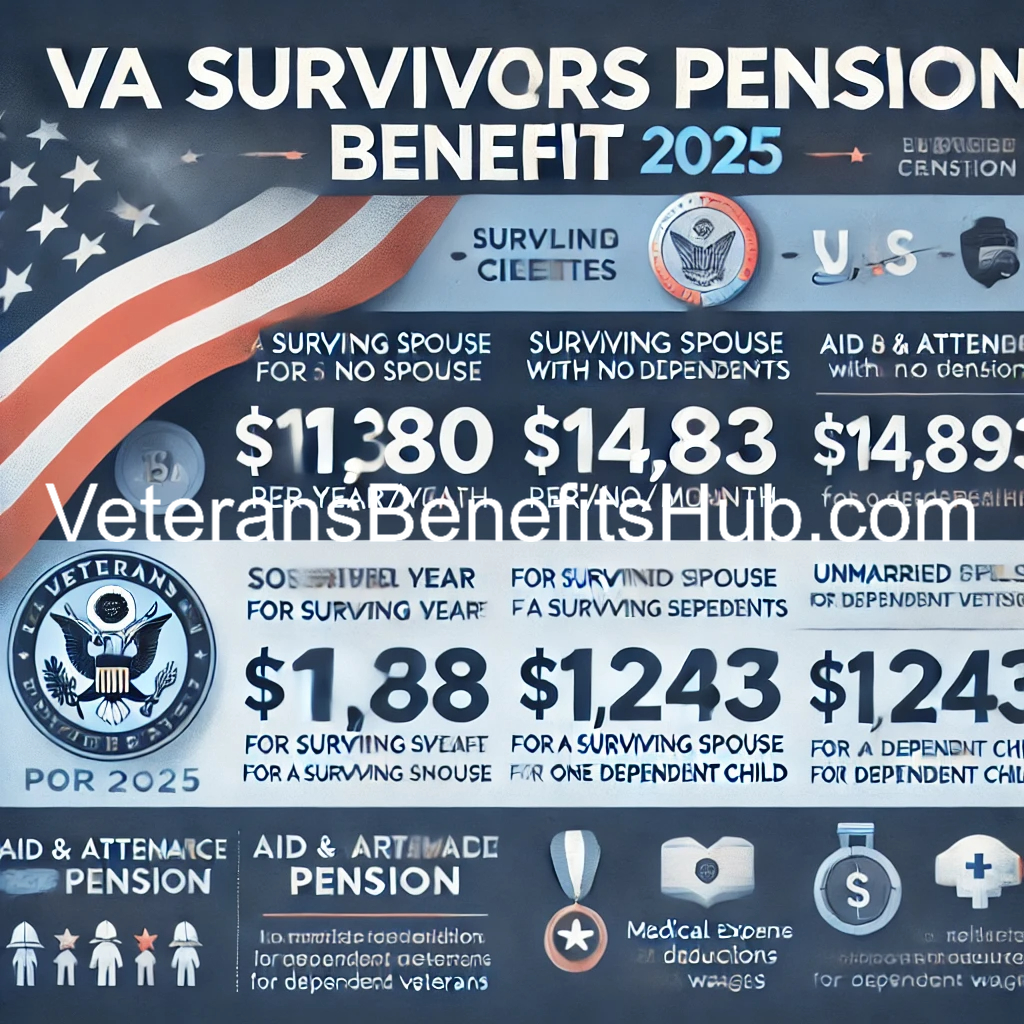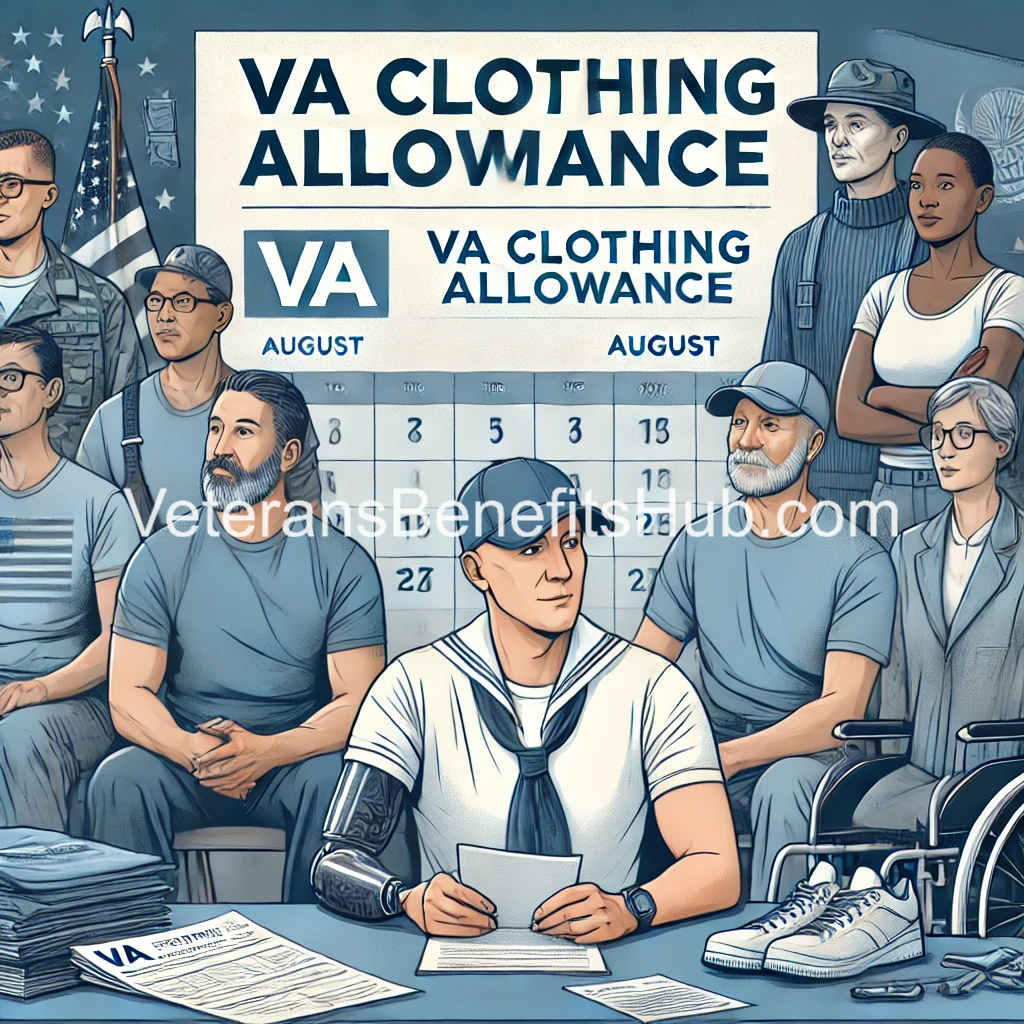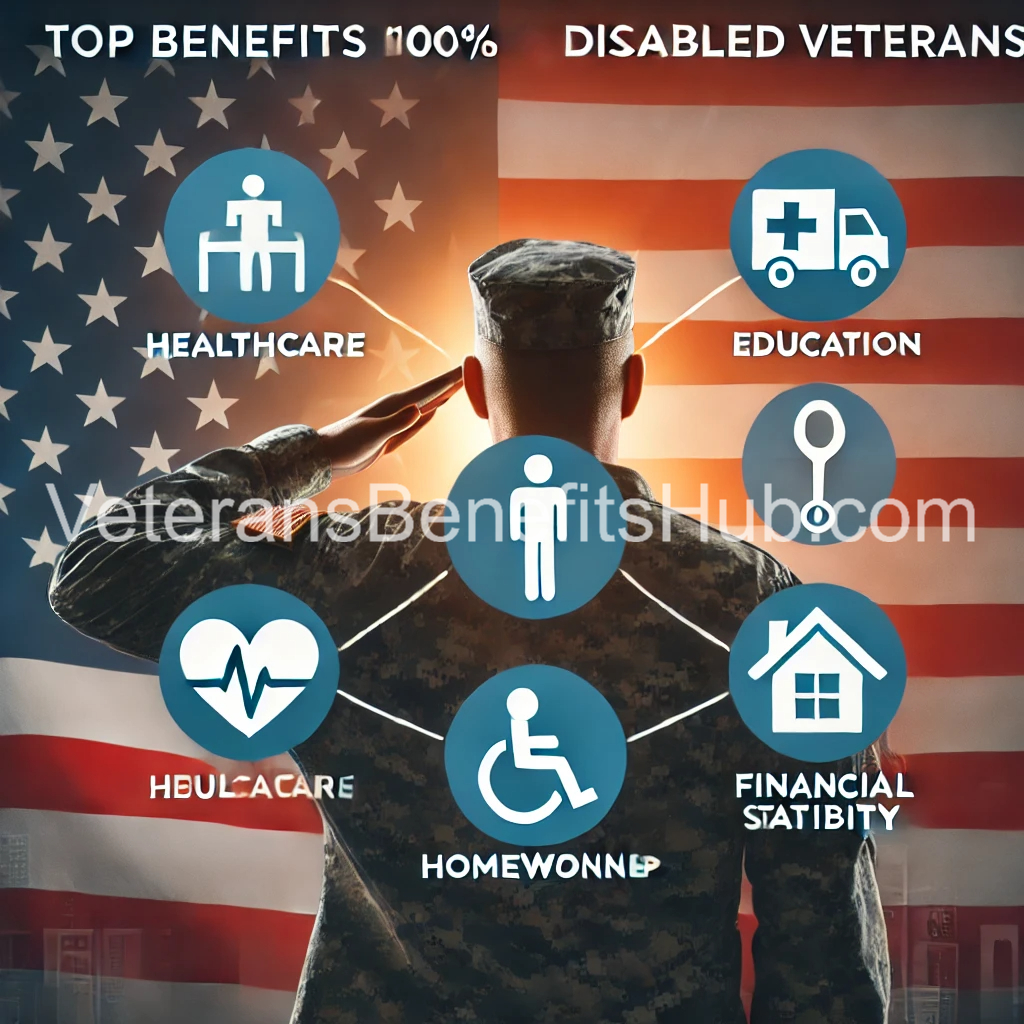Trusting ANYONE with YOUR VA Claim Should NOT be an Option

Navigating Your VA Disability Claim: What You Need to Know Before Filing
Filing a VA disability claim can be a daunting process, and if you have a Veteran Service Officer (VSO) assisting you, it’s crucial to approach the process with caution. While some VSOs are knowledgeable and helpful, others may lack the necessary expertise or attention to detail required for a successful claim. This is why the best approach is not just to trust—but to verify everything yourself.
In this article, we’ll guide you through essential steps to take before filing your VA disability claim, including understanding the rating system, ensuring proper medical documentation, and avoiding common mistakes that can delay or derail your claim.
Understanding VA Disability Ratings
When you receive a VA decision letter, it will include a breakdown of each condition you claimed, whether it was granted service connection, and the assigned disability rating. Here’s an example of a decision letter:
- Hypertension – Not Service Connected
- Left Shoulder Strain – 20% Service Connected
- Irritable Bowel Syndrome (IBS) – 0% Service Connected
- Caffeine Addiction – Not Service Connected
- Low Testosterone – Not Service Connected
- Tinnitus – 10% Service Connected
- Left Knee Strain – 10% Service Connected
- Unspecified Depressive Disorder & Anxiety Disorder – 50% Service Connected
- Nicotine Addiction – Not Service Connected
- Migraine Headaches – 0% Service Connected
A few key takeaways from this list:
1. Know What’s Recognized
Not every condition is eligible for VA disability benefits. For instance, caffeine and nicotine addiction are not recognized as service-connected conditions. Filing claims for conditions the VA does not compensate for is a waste of time and effort. Before submitting your claim, research which disabilities are recognized and ensure you have a valid basis for filing.
2. Ensure You Have the Three Key Components
To secure service connection, your claim must include:
- A Diagnosis – You need a formal diagnosis from a qualified medical provider.
- A Nexus (Service Connection Link) – This is medical evidence linking your condition to military service.
- Symptom Severity Documentation – The more detailed and well-documented your symptoms are, the better your chances of receiving an appropriate rating.
For example, the veteran above received a 0% rating for both IBS and migraines. This suggests the VA acknowledged these conditions exist but determined that they weren’t severe enough to warrant compensation. This could have happened because the veteran:
- Did not properly document the severity of symptoms.
- Failed to maintain a migraine log.
- Did not report treatment or medication history.
- Underreported symptoms due to military culture discouraging complaints.
If you find yourself in a similar situation, consider appealing and providing a Disability Benefits Questionnaire (DBQ) with more thorough medical evidence.
3. Understand How Mental Health Ratings Work
The VA assigns a single rating for all mental health conditions, even if you have multiple diagnoses. For example, a veteran with PTSD, anxiety disorder, and major depressive disorder will receive a single rating based on the most severe condition. The veteran in our example received a 50% rating for unspecified depressive and anxiety disorder. If their symptoms meet the criteria for a 70% rating, they should document and report how their conditions impact work, social life, and daily functioning.
How to Strengthen Your Claim Before Filing
- Check the VA Rating Criteria
Before filing your claim, review the VA’s rating criteria for your condition to understand what evidence is required to support a higher rating. - Get a Nexus Letter
A Nexus Letter from a medical professional can be crucial, especially for conditions that require a strong service connection argument. If you need assistance obtaining one, visit VeteransBenefitsHub.com to connect with medical professionals who specialize in VA claims. - Document Everything
- Maintain medical records, prescription history, and logs of symptoms (e.g., a migraine diary).
- Seek treatment regularly—lack of medical evidence can result in a lower rating.
- Be honest and detailed about how your condition impacts daily life.
- Work With a Reliable VSO—But Verify Everything
A good VSO can be a valuable resource, but don’t blindly trust their guidance. Always verify the information they provide and do your own research.
Final Thoughts
Filing a VA disability claim requires preparation and diligence. Understanding the rating system, securing proper medical evidence, and documenting symptom severity can make the difference between approval and denial—or between a 10% rating and a 50% rating. Don’t leave your claim to chance; take control of your VA disability process today!
For more expert guidance, resources, and assistance, visit VeteransBenefitsHub.com.


